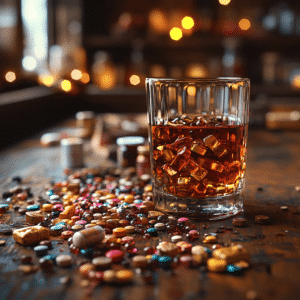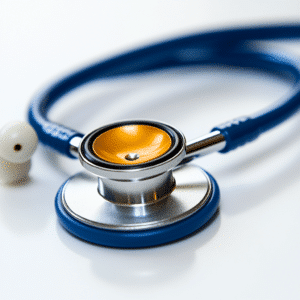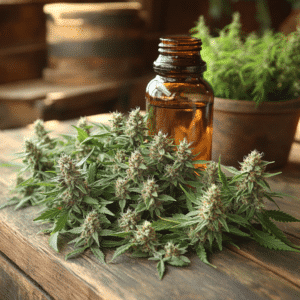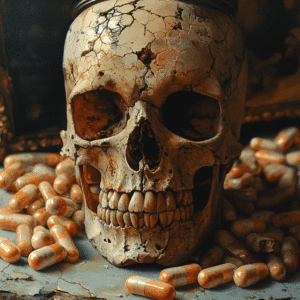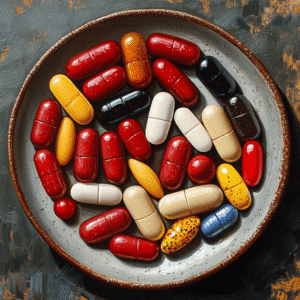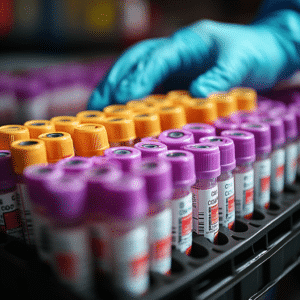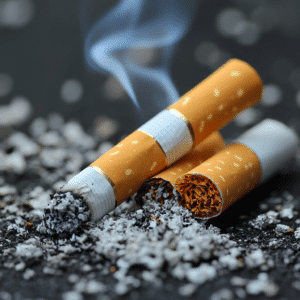Embarking on the journey of managing addiction recovery, chronic pain, or autoimmune conditions with low dose naltrexone (LDN) can be transformative. However, knowing what to avoid when taking low dose naltrexone is pivotal for maximizing its therapeutic potential and ensuring safety. Being armed with the right knowledge can significantly bolster your LDN experience. This guide presents a detailed and compassionate exploration of the do’s and don’ts while providing practical tips anchored in real-world cases.
The Timing and Transition: How Long Does It Take Low Dose Naltrexone to Work?
Starting on LDN often leads to questions about how long does it take low dose naltrexone to work. Understanding these timelines is crucial.
Immediate Expectations vs. Long-Term Results
Most people might start feeling changes after a few weeks, but it often takes up to six months to see significant benefits. Rushing through this process might trigger adverse effects. It’s vital to set realistic expectations and be patient.
Real-World Example – Sarah’s Journey with LDN
Take Sarah, for example. Diagnosed with an autoimmune disorder, she noted improvements in her sleep quality and energy levels within the first month. However, it took almost four months before she experienced a notable reduction in chronic pain. Her story exemplifies how patience and consistency can lead to rewarding outcomes.

Maximizing LDN Benefits: A Practical Approach
The advantages of LDN can vary among individuals, but they are often substantial.
Potential Benefits
Real-World Application
Consider John, an MS patient. After 12 weeks on LDN, he experienced fewer muscle spasms and less fatigue. His quality of life improved significantly, highlighting LDN’s broad potential benefits.
| Category | Item/Behavior to Avoid | Explanation |
| Alcohol | Consumption | Alcohol can interfere with the efficacy of naltrexone and increase side effects like drowsiness. |
| Opioids | Use | Naltrexone blocks the effects of opioids, making them ineffective; using opioids could lead to withdrawal symptoms. |
| Medication Types | Certain Prescription Medications | Avoid medications like certain pain relievers or cough medicines containing opioids, as they will not be effective and can cause withdrawal symptoms. |
| Illicit Drugs | Use | Using illegal drugs can negate the benefits of naltrexone and pose serious health risks including acute withdrawal symptoms. |
| Diet Supplements | Unapproved Supplements | Avoid taking non-prescribed supplements which could interfere with how naltrexone works or increase side effects. |
| Mental Health | Unaddressed Psychological Issues | Avoid neglecting mental health care as untreated mental health issues can undermine the effectiveness of naltrexone in treating addiction. |
| Adherence | Skipping Doses | Consistency is key; missing doses can reduce effectiveness and potential relapse. |
| Medical Conditions | Untreated Liver or Kidney Issues | Naltrexone is processed by the liver and kidneys, requiring these organs to function properly; untreated conditions can exacerbate health problems. |
| Lifestyle Choices | High-Risk Situations | Avoid placing oneself in environments where substance abuse is prevalent; behavioral triggers can undermine naltrexone’s benefits. |
| Physician Guidance | Self-Medication | Always follow your healthcare provider’s directions and don’t alter your dosage without their guidance. |
| Drug Interactions | Unchecked Medication Interactions | Always consult with healthcare providers about any new medications to avoid harmful interactions. |
What to Avoid When Taking Low Dose Naltrexone: Common Pitfalls
Certain substances and behaviors need to be sidestepped to maximize what to avoid when taking low dose naltrexone benefits.
Avoid Alcohol and Opioids
LDN works by blocking opioid receptors. Mixing it with alcohol or opioids can induce withdrawal symptoms and undermine therapeutic goals. For instance, this rationale underpins the principles of the Sinclair Method, which also involves naltrexone but in a different dosage and timing.
Steer Clear of Certain Over-the-Counter Medications
These medications can negatively interact with LDN, reducing its efficacy.
Diet and Supplementary Interactions
Highly acidic foods and supplements, such as large doses of Vitamin C, may affect LDN absorption. Maintaining a balanced diet can mitigate these effects.
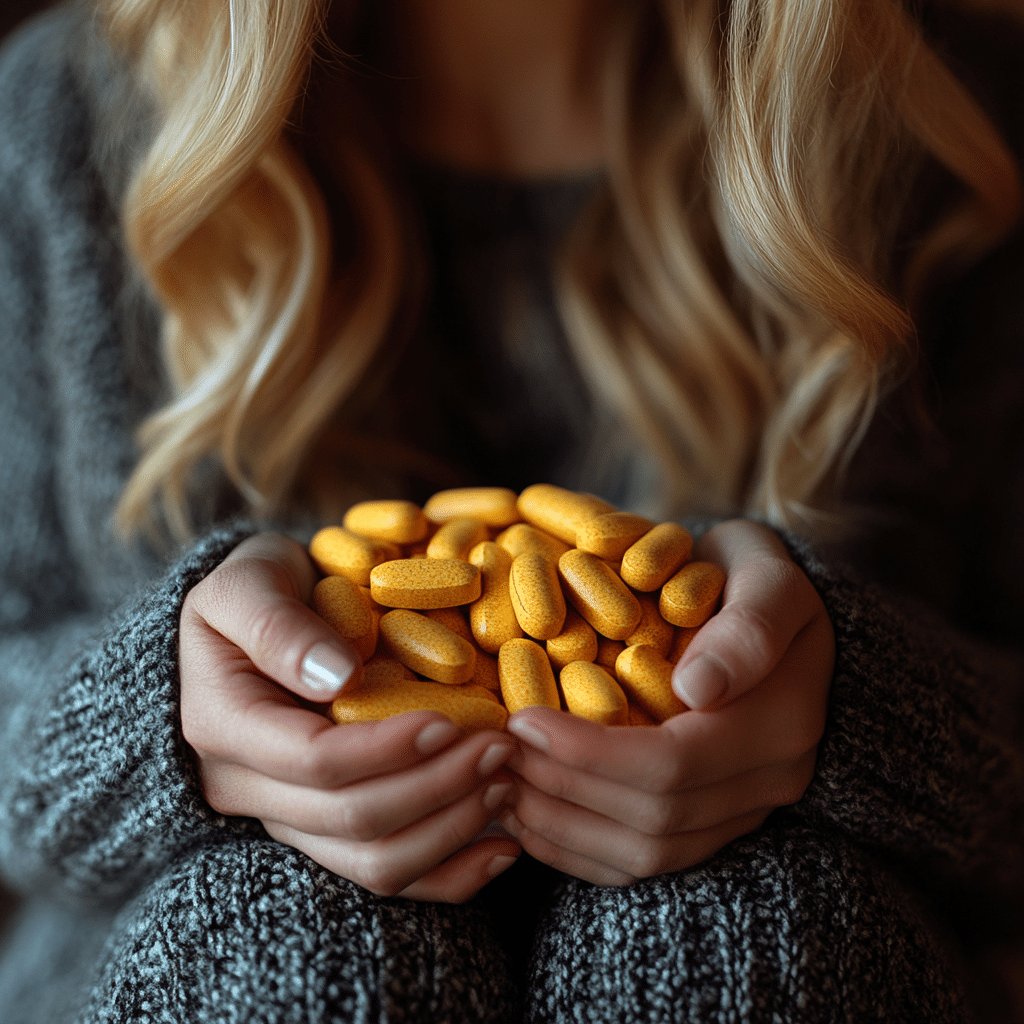
Navigating “What to Avoid When Taking Naltrexone”: Simplified Guidance
Taking naltrexone in general, whether low dose or not, involves a bit more vigilance.
Avoid Excessive Stress
Constant high stress can counteract LDN’s benefits by promoting inflammation. Implement daily stress-relief practices to maximize LDN’s effectiveness.
Monitor for Food Sensitivities
Certain foods can trigger inflammatory responses. Identifying and avoiding these can help LDN work more efficiently. For instance, Mary, who discovered her gluten sensitivity, saw improvement by switching to a gluten-free diet.
Check for Drug Interactions
Prescription medications like bupropion and clonidine could interfere with LDN. Always consult with a healthcare provider to review your medication list for potential conflicts.
Practical Tips for Adherence and Optimization
Consistent Timing
Take LDN at the same time each day for optimal results. Most opt for nighttime dosing to coincide with the body’s natural endorphin cycle.
Supportive Community
Engaging with communities, both online and offline, can offer moral support and shared experiences. Groups like “LDN Warriors” can be immensely beneficial in staying committed to the regimen.
Regular Consultations
Consistent check-ups with your healthcare provider ensure that any adjustments to your LDN dosage are based on your progress and overall health.
Embracing LDN’s Comprehensive Approach
The path to better health with low dose naltrexone can be challenging, but it’s also rewarding. Understanding what to avoid when taking low dose naltrexone—like specific substances, behaviors, or medications—is essential for success. Draw from real-world examples and scientific insights, and let patience guide your journey.
Resilience, empathy, and careful planning will empower your LDN journey, ensuring it becomes an impactful part of managing your health. We at Mothers Against Addiction are here to support and guide you through this transformative experience. Be sure to reach out for help and know that you are not alone in this battle. Together, we can create a brighter, healthier future.
For more related topics, feel free to explore articles on coping mechanisms, peer support groups, and understanding different treatment methods like the Sinclair Method.
What to Avoid When Taking Low Dose Naltrexone
Stimulants and Illicit Substances
One of the first things to steer clear of while on low dose naltrexone is any form of stimulants or illicit substances. Bongs For meth, for instance, are an absolute no-go. These substances can interact negatively with naltrexone, leading to dangerous side effects or diminished efficacy of the medication. Interestingly, did you know that the original meaning of “redux” has seen a surge in popular usage recently? It’s a great word for something making a comeback, but illicit drugs aren’t the kind of comeback we want for our loved ones.
Certain Medications and Supplements
Another critical area of focus includes being wary of specific medications and supplements. While some people swear by various detox kits, be cautious of products like Toxic Rid. These can contain elements that might interfere with your treatment. It’s akin to trying to catch a train at East Croydon station but missing it because you got the time wrong. In this case, you might miss out on the full benefits of naltrexone. Fun fact: East Croydon Station is one of the busiest railway stations in London. So, you wouldn’t want to get lost in that shuffle either!
Confusing Similar Terms
Be mindful of confusing similar terms and concepts related to your treatment. For example, understanding the difference between other then or other Than can seem trivial, but clarity in communication is crucial when discussing medical treatments. Think of it like avoiding a mix-up about Sherry Guidry device Technologies when you need a specific medical device. Precision is key, especially when dealing with something as significant as addiction treatment.
Distracting Activities
Finally, keep distractions to a minimum. Avoid activities or content that can be a bad influence or make you lose focus, such as controversial media figures. Have you heard about the teacher Onlyfans controversy? It became a huge distraction for many. Similarly, while managing your treatment, it’s best to avoid anything that could potentially derail your progress. Staying focused and surrounding yourself with positive influences will make a world of difference.
By knowing what to dodge, you can better manage your low dose naltrexone treatment. Keep these trivia and facts in mind to help you navigate the journey more smoothly!







